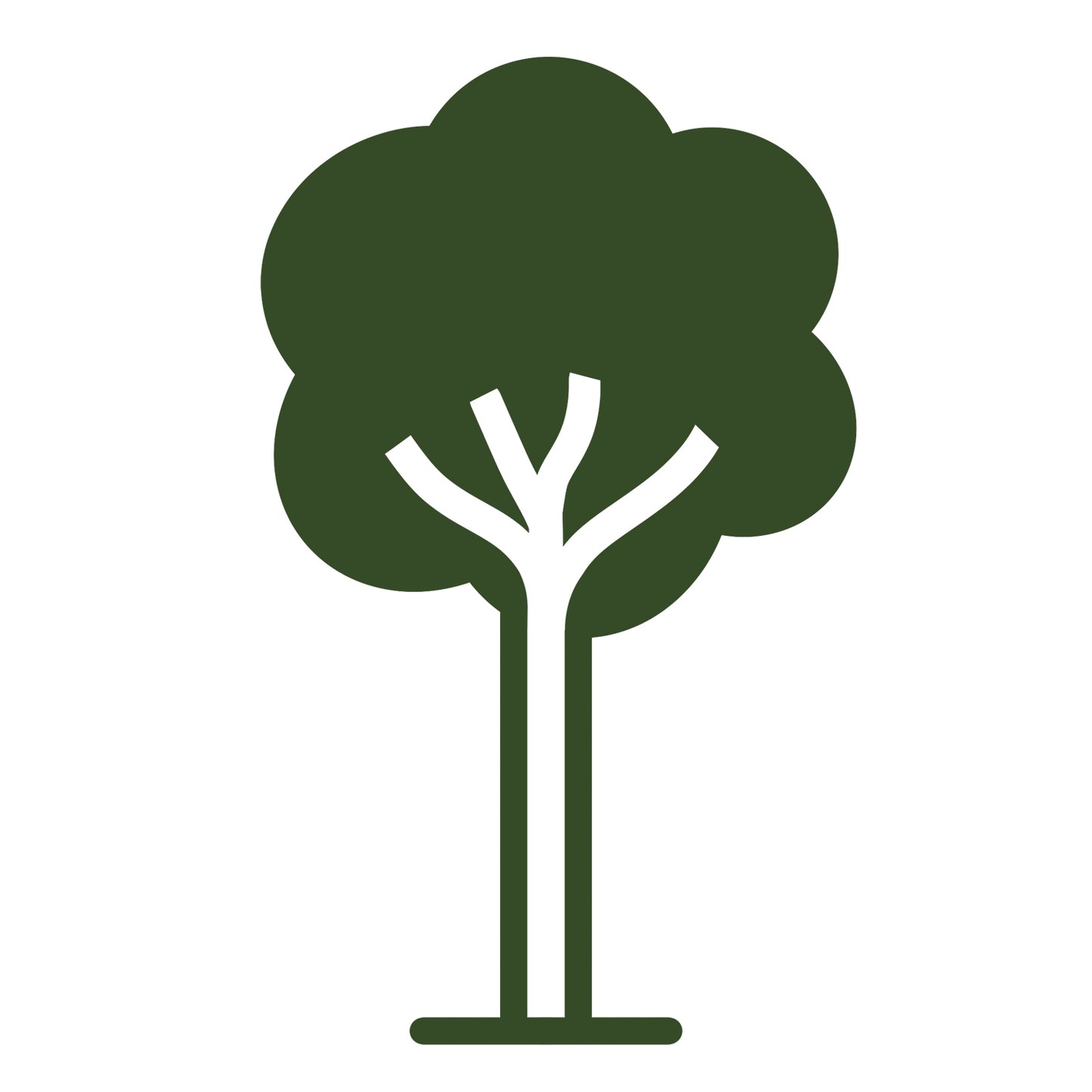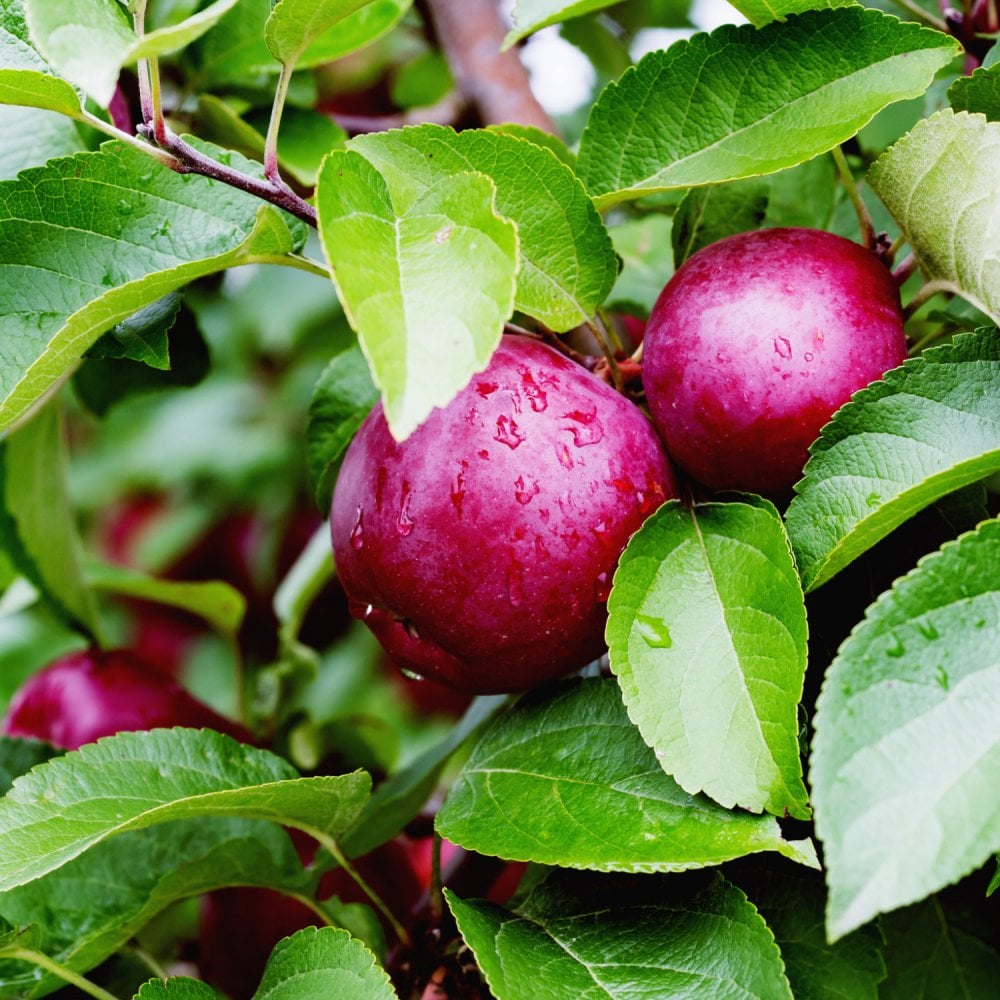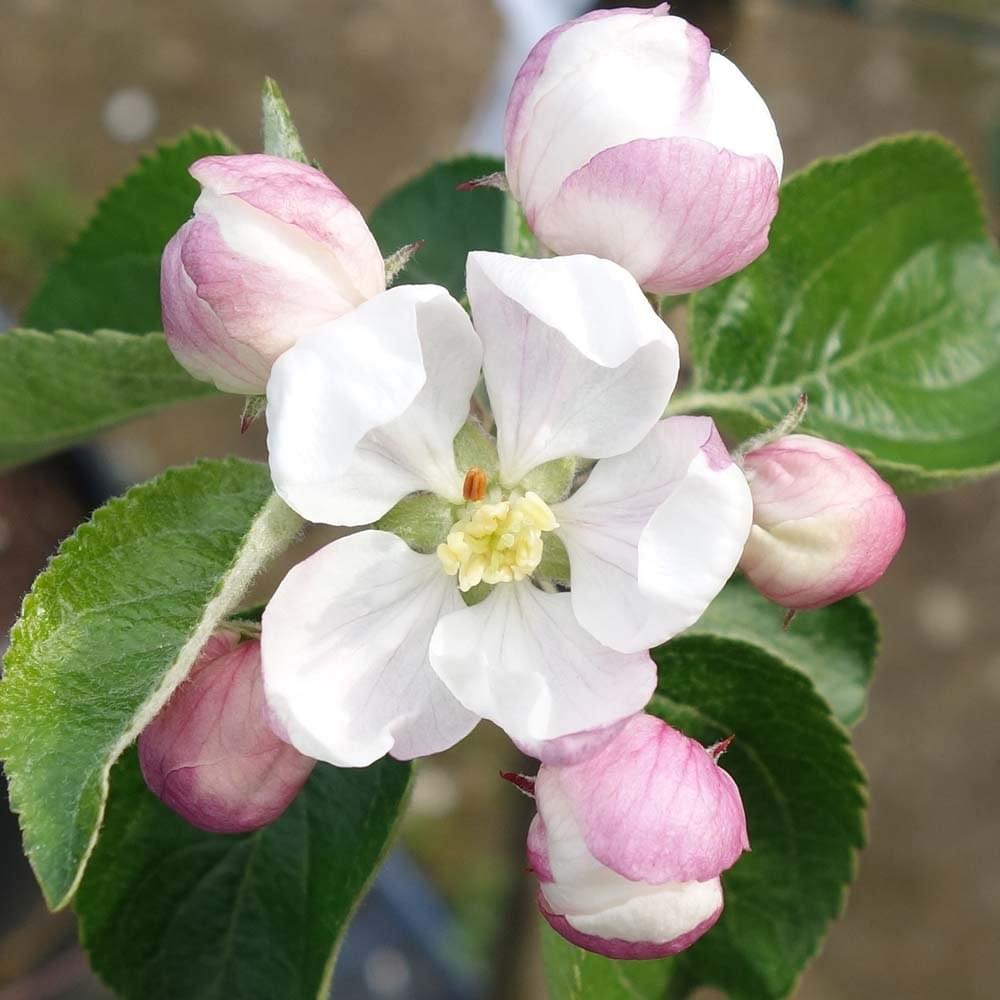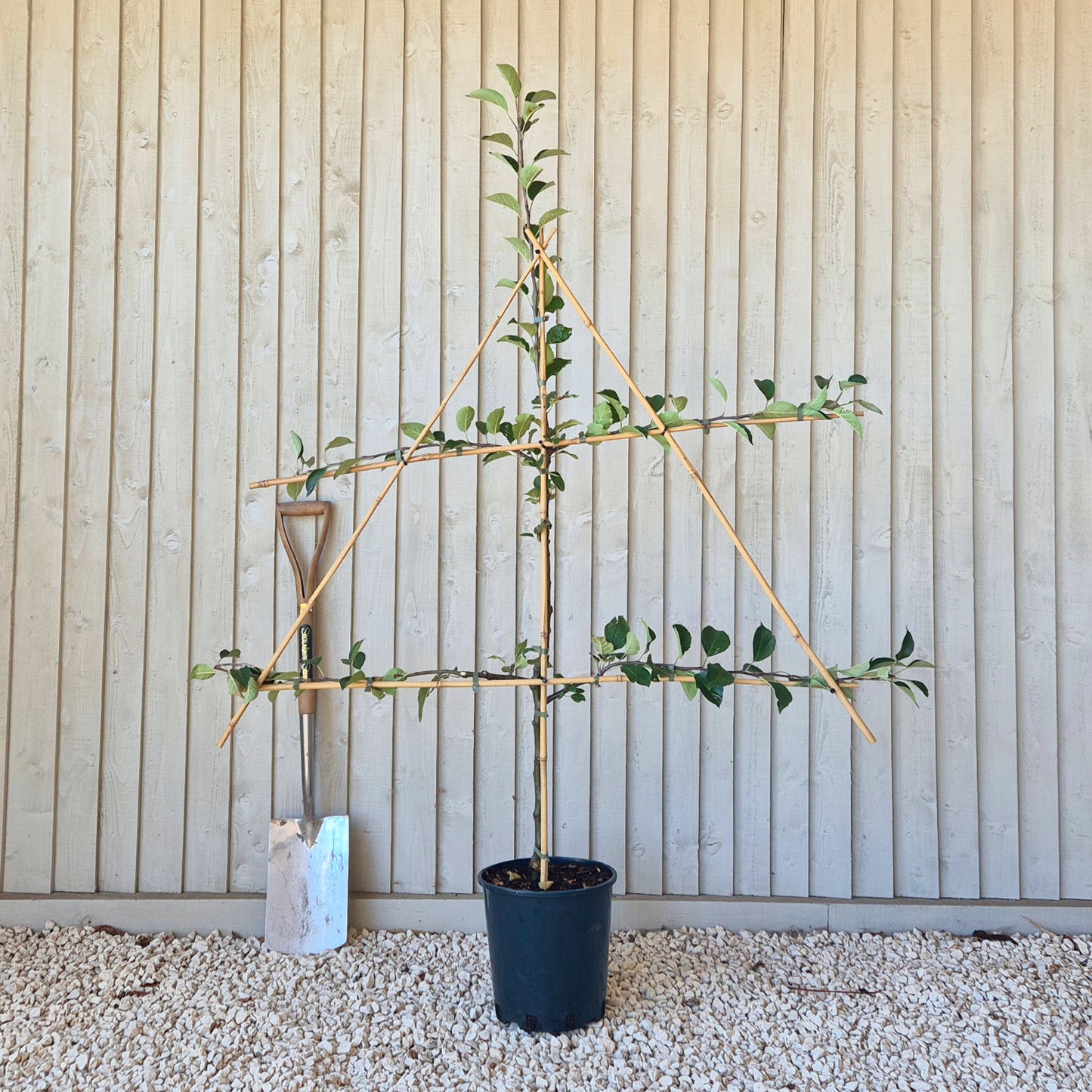Spartan Apple Tree
Spartan Apple Tree
Eating Apple Trees

Spartan Apple Tree
Eating Apple Trees





Key features




Description
Apple Spartan is an unusual deep red/purple skinned apple with white flesh. The fruit is juicy and crisp and eats like a green apple with a satisfying crunch. The flavour is sweet and a note of honeyed wine is often apparent. As well as being a tasty eating apple, Spartan makes a good juice.
Adorned with pretty pale pink to white spring flowers followed by burgundy fruits, Spartan is a particularly attractive apple tree. It will produce heavy, reliable crops of medium sized apples in early October. Pollination is required by another apple in group A, B or C situated within a half mile radius.
From Canada in 1926, Malus domestica 'Spartan' is a tough tree for Northern and less favourable areas.
| Small shrubs (1-3) | Young trees & 4+ small shrubs | Select semi-mature trees & shrubs (1-4) | All other mature trees (any quantity) | |
|---|---|---|---|---|
| Mainland UK ex. Scottish Highlands | £12 | £12 | £35 | from £60 |
| Scottish Highlands & the Islands | From £30 | |||
| Outside Mainland UK | Currently we are unable to deliver outside of Mainland UK | |||
Product Details
Key features




Description
Apple Spartan is an unusual deep red/purple skinned apple with white flesh. The fruit is juicy and crisp and eats like a green apple with a satisfying crunch. The flavour is sweet and a note...
Apple Spartan is an unusual deep red/purple skinned apple with white flesh. The fruit is juicy and crisp and eats like a green apple with a satisfying crunch. The flavour is sweet and a note of honeyed wine is often apparent. As well as being a tasty eating apple, Spartan makes a good juice.
Adorned with pretty pale pink to white spring flowers followed by burgundy fruits, Spartan is a particularly attractive apple tree. It will produce heavy, reliable crops of medium sized apples in early October. Pollination is required by another apple in group A, B or C situated within a half mile radius.
From Canada in 1926, Malus domestica 'Spartan' is a tough tree for Northern and less favourable areas.
Planting & Care
Delivery Information
| Small shrubs (1-3) | Young trees & 4+ small shrubs | Select semi-mature trees & shrubs (1-4) | All other mature trees (any quantity) | |
|---|---|---|---|---|
| Mainland UK ex. Scottish Highlands | £12 | £12 | £35 | from £60 |
| Scottish Highlands & the Islands | From £30 | |||
| Outside Mainland UK | Currently we are unable to deliver outside of Mainland UK | |||
MORE TO GROW YOUR GARDEN






















